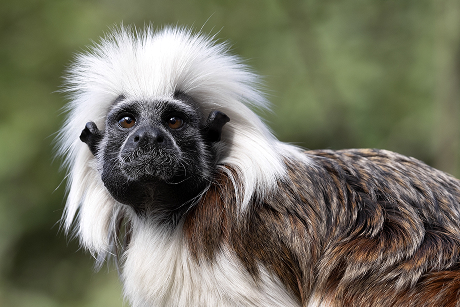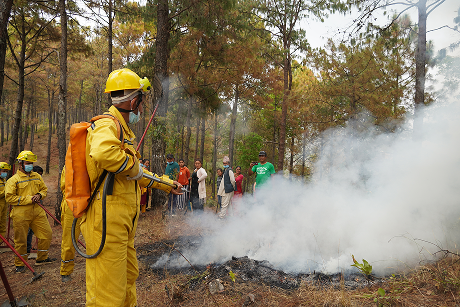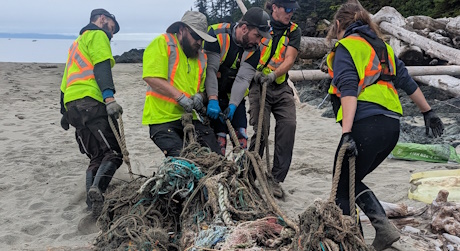Footprints Project
Since 2005, travelers like you have helped us change the world through micro-donations.
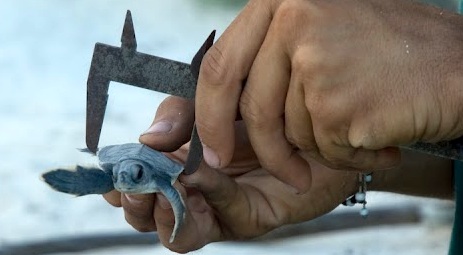
-
A total of
2235
Travelers
-
donated
$5000.97
(100% funded) -
to help improve
Environment
-
in
Cuba
SEE Turtles and Cuba Marine Research and Conservation Program (CMRC), a Project of The Ocean Foundation, and the University of Havana’s Center for Marine Research (CIM) collaborate on a sea turtle monitoring and conservation project in Cuba’s Guanahacabibes Peninsula provides key insight into sea turtle populations along the Gulf of Mexico, principally the green (Chelonia mydas) and loggerhead sea turtle (Caretta caret).
Project objectives
Prior to the onset of this project in 1998, there was no comprehensive monitoring of sea turtle populations in the western region of Cuba. The project, which has since become the largest active sea turtle monitoring program in Cuba, has three principal research objectives:
1. To determine principal sea turtle nesting areas in this national park
2. To collect data on the sea turtles, nests and eggs
3. To examine the existing genetic diversity in the populations of marine turtles that nest in the zone and through tagging, gain better insight into how the sea turtle populations of the Gulf of Mexico are related.
Project successes
Over the years the project has involved hundreds of volunteer students and staff. Data collected suggests that a population of up to 2,000 female green turtles uses Guanahacabibes’ beaches as a nesting site. 2013 was a breakthrough year for the project: Almost 900 nests were reported on seven nesting beaches, breaking the previous annual high by a factor of two. This figure confirms a regional trend in which green turtles in Florida and Bahamas also exhibited record nesting figures. These results give CMRC and CIM renewed confidence that they are the consequence of conservation measures employed in the region over the past decades, including restrictions on bycatch, direct poaching and beach lighting ordinances in developed areas in Florida and Mexico.
2014 was, as expected, not as high in green turtle nesting as 2013 (a record setting year). This was expected as sea turtles exhibit a phenomenon called “masting” by which one year turtles will nest in higher numbers than the following year. Scientists believe this evolutionary strategy enhances survival of the species by ensuring that at least in alternating years, hatchlings can migrate en masse to the ocean, thereby confusing predators, or in the least, enhancing the hatchling/predator ratio in a way that makes predation more trivial to that population of hatchlings.
The 2014 season took place from July 3-September 16th. A total of 38 volunteer citizen scientists patrolled a total of 9 beaches.
Your impact
The total number of nesting turtles counted in 2014 was 215, 174 were green turtles and 41 loggerheads. The fact that 41 loggerheads were counted, a figure not seen since the 2006 season, is a positive sign as historically, loggerheads make up only about 3% of the nesting population. Yet in 2014 they made up 18% of the nesting population. Taking into account that loggerhead nesting has seen a small yet gradual rise in recent years, this might suggest that loggerheads are also making a comeback.
A total of 28 turtles were tagged. By increasing the number of tagged animals, the project is able to more precisely determine the size of the population based on the number of turtles who return to Guanahacabibes. Nine of these 28 turtles were identified as turtles previously tagged.
A total of 177 nests were documented and of those nests, 6,488 hatchlings emerged. For what was expected to be a low nesting season, we are pleased with the number of turtles documented this year and look forward to next year which could show new record nesting rates as we saw in 2013.
Our educational activities continued in 2014. A total of four workshops were given by CIM staff at La Bajada, a fishing village located at the entrance of the national park. The workshops are aimed at educating the youth and female members of the town to understand that turtles provide important benefits such as tourism and ecosystem services such as keeping seagrass beds in check and providing a food source for apex predators.
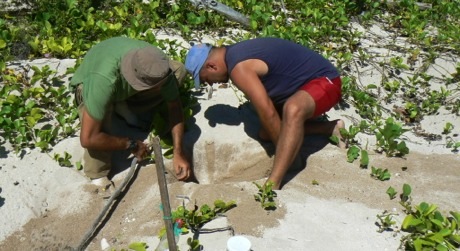
Learn more
For the first time, CMRC had an intern spend time at Guanahacabibes to collect data and document the effort. Yasmina Shah-Esmaeili, a graduate student at the University of Ghent in Belgium, spent three weeks at Guanahacabibes National Park. You can read her blog on our website here.
What’s next?
Yes. This project has defied all conventional wisdom since its inception in 1998. On a very short budget, our research activities have continued uninterrupted with us now completing our 16thnesting season. The project is one that the Cuban government has taken considerable pride in and is an important source of data, perspectives and recommendations to the Cuban National Sea Turtle Working Group. This project is helping piece together the broader Caribbean green turtle picture and will continue its valiant work thanks to donations such as the one from Footprints Network.
Can I visit this project?
Yes! SEE Turtles organizes sea turtle trips to Cuba.
Traveling soon? When you buy travel insurance with us, you can make a contribution towards a cause you care about.
Get a quote